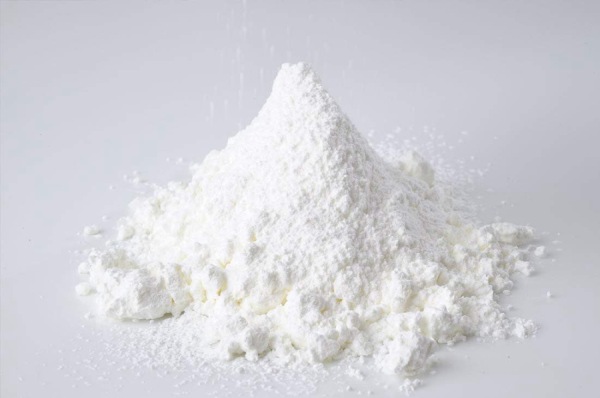Cement is a prominent construction material, a primary constituent of basic building materials like concrete, mortar, plaster. Different types of cement meet different physical and chemical requirements for specific construction projects. For instance, a special construction project may demand something better than the ordinary Portland cement. In this article, we have attempted to throw light on different types of cement available to a civil engineer, allowing them to make a fitting choice for their construction projects.
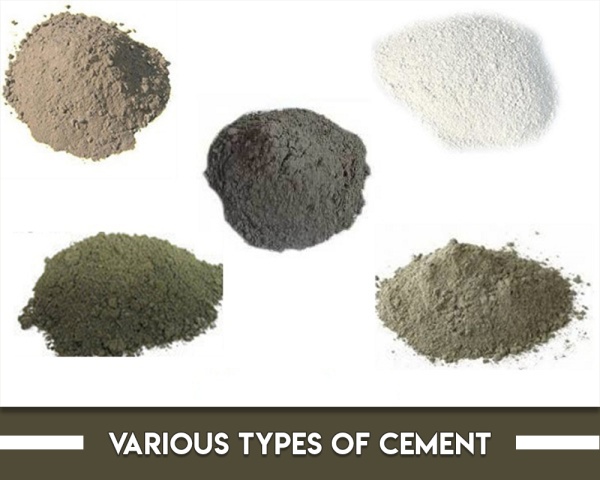
Types of Cement
As shared earlier, several varieties of cement are used in construction. Some of them mentioned below:01. Ordinary Portland Cement (OPC)
02. Portland Pozzolana Cement (PPC)
03. Rapid Hardening Cement
04. Extra Rapid Hardening Cement
05. Quick Setting Cement
06. Low Heat Cement
07. Sulphate-Resisting Cement
08. Portland Slag Cement
09. High-Alumina Cement
10. White Cement
11. Coloured Cement
12. Air Entraining Cement
13. Hydrophobic Cement
14. Masonry Cement
15. Expansive Cement
16. Oil Well CementEach type of cement having unique properties, uses, and advantages depending on their composition. Let’s learn about them in detail.
01. Ordinary Portland Cement (OPC)
Ordinary Portland cement is the most common and versatile type of cement manufactured and used worldwide. It is used for all ordinary purposes, such as making concrete, mortar, and plaster. OPC is available in three different grades namely grade 33, 43, and 53.
Know, what is the grade of cement.
Uses:
Ordinary Portland cement is mixed with aggregates, and water to make concrete, which is used in the construction of modern buildings. It is also used to make mortar for joining masonry and plaster to give a perfect finish to the walls. OPC has many applications such as in the manufacturing of grout, wall putty, solid concrete blocks, AAC blocks, and other types of cement.
02. Portland Pozzolana Cement (PPC)
Portland Pozzolana Cement (PPC) is a variation of ordinary Portland cement (OPC). This kind of cement includes a mixture of pozzolanic materials, OPC, and gypsum. The different pozzolanic materials used are fly ash, rice husk ash, and volcanic tuffs among others. Fly ash is the most commonly-used pozzolanic material. The heat of hydration rate is lower in this type of cement. There are many advantages of PPC over OPC, which has made it prominent in the construction industry. Nowadays, some manufacturers prefer using PPC in their projects. Must know the various pros & cons of PPC over OPC.
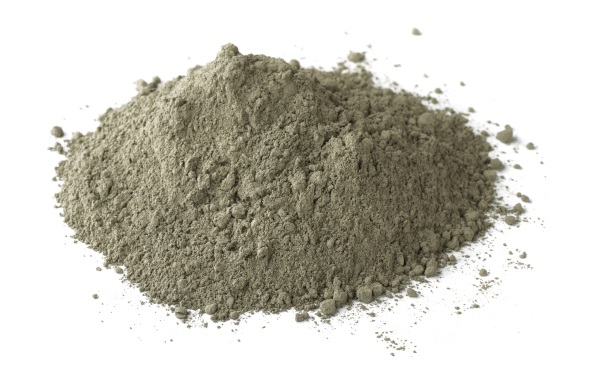
Portland Pozzolana Cement (PPC)
Uses:
Portland pozzolanic cement is now used as a replacement of OPC. Besides its common applications, PPC is used in mass concrete constructions like high-rise buildings and underwater concrete structures such as bridges, piers, and dams.
03. Rapid Hardening Cement
Rapid hardening cement is a type of cement that attains high strength in early days as compared to OPC. It has other properties quite similar to that of Ordinary Portland cement. However, it is a bit finer than OPC. Further, it has more lime and C3S than OPC which helps in gaining strength early.
Uses:
Rapid hardening cement is used when there is a need to remove formwork at an early stage to save the cost of construction. It is also used in prefabricated concrete construction.
For detail understanding read Rapid Hardening Cement: Way to Increase the Construction Speed!
04. Extra Rapid Hardening Cement
Extra rapid hardening cement is obtained by addition of calcium chloride to rapid hardening cement. Calcium chloride helps in accelerating the hardening and setting processes of cement. The compressive strength of Extra Rapid Hardening cement is about 25% higher than that of Rapid Hardening Cement at one or two days.
Uses:
Extra rapid hardening cement is used in cold weather concreting, to set the cement fast. It is also used in situations when the formwork is to be removed early.
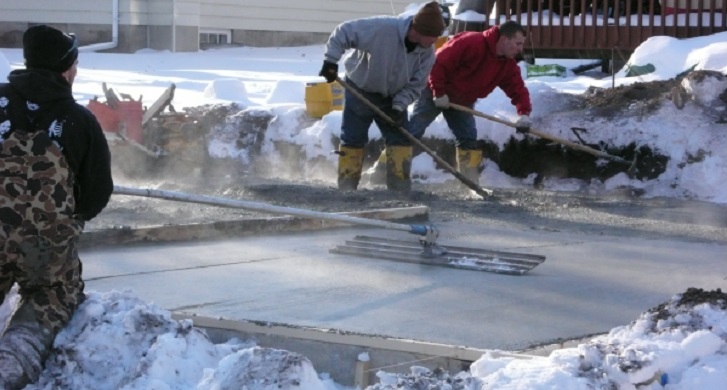
Extra Rapid Hardening Cement Used in Cold Weather Concreting
05. Quick Setting Cement
Quick setting cement sets faster as compared to OPC, but the rate of gain of strength remains the same. In these types of cement, the proportion of gypsum, which acts as a retarder, is reduced. It has an initial setting time of 5 minutes and a final setting time of 30 minutes.
If you would like to know how to perform the test then go through, the Test to Determine the Setting Time of Cement. It will help you to know how to perform the test.
Uses:
This type of cement is used where a quick setting is needed in a very short period. For instance, in underwater structures and cold and rainy weather conditions. The cement is also used in structural repairs where the quick setting of the cement is an important criterion.
To understand in detail read Quick Setting Cement: For Underwater Concrete Structures!
06. Low Heat Cement
Low heat cement is obtained by reducing the proportion of C3A and increasing C2A. Low heat cement differs from other types of cement as it releases low heat of hydration. It has more initial setting time as compared to OPC.
Uses:
It is used in massive concrete construction like large footings, large raft slabs, gravity dams, thick pavements etc. Low heat cement is also used in the construction of hydraulic structures and retaining walls.
Have a look for more detail, Low Heat Cement: Less Susceptible to Cracks!
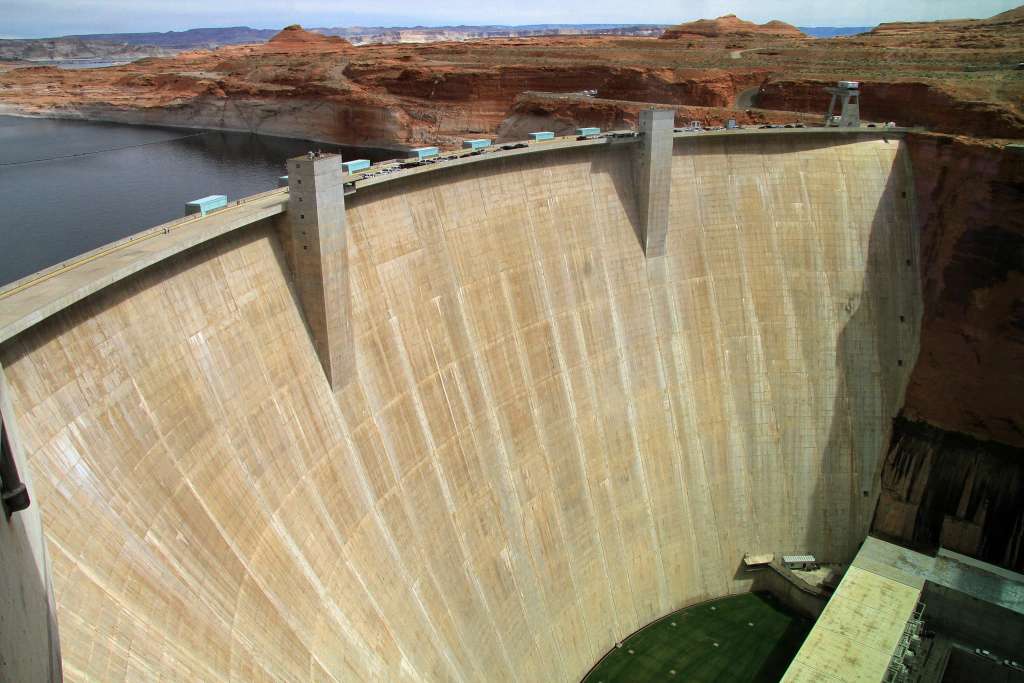
Low Heat Cement for Massive Concrete Construction
07. Sulphate-Resisting Cement
Sulphate-resisting cement is beneficial in the area where the concrete is vulnerable to sulphate attack. These types of cement have less proportion of C3S and C4AF.
Uses:
Sulphate-resisting cement is used where the concrete is exposed to the sea coast, damp soil, or saline groundwater.
08. Portland Slag Cement
It is a specially-blended cement with low heat of hydration. The Portland Slag cement is a by-product from a blast furnace or the slag. It is manufactured by grinding Portland cement clinker, gypsum and ground granulated blast furnace slag (GGBS). It is less expensive and has less heat of hydration compared to OPC.
Uses:
It is used in mass concrete structures like dams, water treatment plants, marine, and off-shore structures. If you want in-depth study, we have already compile all the information of Portland Slag Cement: All You Like to Know!
09. High-Alumina Cement
High-alumina cement is obtained by melting bauxite when manufacturing OPC. It has high compressive strength and is more workable as compared to OPC. It attains high strength in less time and has an initial and final setting time of 3.5 hours and 5 hours respectively.
Uses:
This type of cement is used where concrete structures are subjected to high temperatures like workshop, refractory, and foundries. Also, it can be used where concrete is subjected to frost and acidic action.
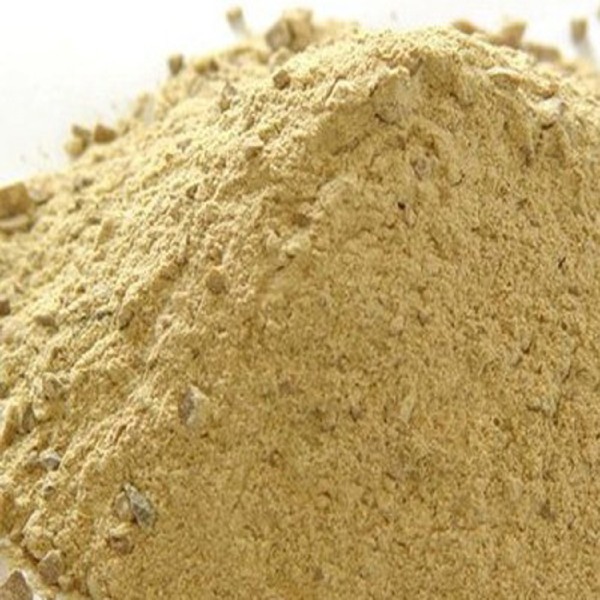
High-Alumina Cement
10. White Cement
White cement is obtained by using raw materials which are free from iron oxide. Lime and china clay are used in a higher proportion when manufacturing this kind of cement. White cement has all other properties similar to an ordinary Portland cement. It is expensive in comparison to OPC.
Uses:
White cement is used for architectural purposes such as a pre-cast curtain wall and facing panels. It is also used in making wall putty, tile grout, and tile adhesive. White cement is also used for external rendering as it provides a smooth and pleasing finish. Most builders also use it for terrazzo flooring works.
11. Coloured Cement
Coloured cement is obtained by mixing ordinary portland cement with 5 – 10% mineral pigments. The pigments impart colours to the cement.
Uses:
All other types of cement are used for core construction purposes; but colored cement is primarily used for rendering a decorative appeal to the floors and ceilings. It is also used in the grouting of tiles. The cement is selected such that the colour of the grout and colour of tiles match perfectly, enhancing the look of the structure.
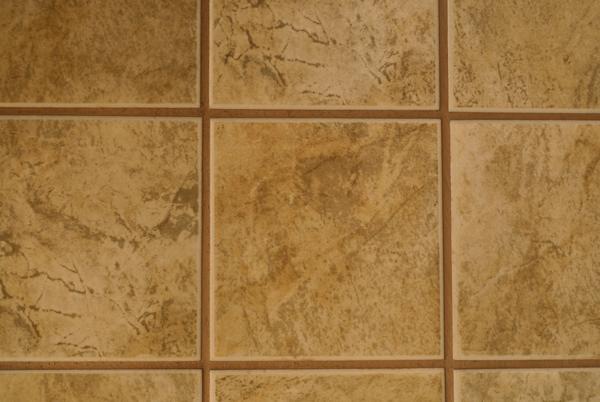
Chocolate Brown Coloured Cement in Tile Grouting
12. Air Entraining Cement
Various air-entraining agents such as resins, glues, and sodium sulphate among others are added along with the clinker to produce this kind of cement. For the same water-cement ratio, air entraining cement has more workability as compared to OPC. This type of cement has more resistance to frost but tends to be less durable as it contains voids.
Uses:
Air entraining cement is used in places where the chemical reaction can easily take place, marine area construction, cold weather conditions when a frost-resistant concrete is needed.
13. Hydrophobic Cement
Hydrophobic cement is made by adding admixtures such as naphthalene soap, acidol, oxidised petroleum, etc. in the ordinary Portland cement. A water-repellent layer around the cement particles is formed, which would facilitate its storage for longer periods in extremely wet climatic conditions. In India, this cement is useful in locations, such as Assam and Nagaland which receive heavy rains and experience a high level of humidity in other seasons.
Uses:
Hydrophobic cement is used in the construction of dams, spillways, and underwater structures. It can also be used in cold and rainy weather conditions.
14. Masonry Cement
This type of cement is obtained by adding plasticizing materials, such as limestone and hydrated lime in the clinker when manufacturing of OPC. It remains in the plastic state for a longer time so that the masonry units can be placed properly.
Uses:
The masonry cement is often used in brick, concrete block, and stone masonry construction. It is also used to produce plaster.
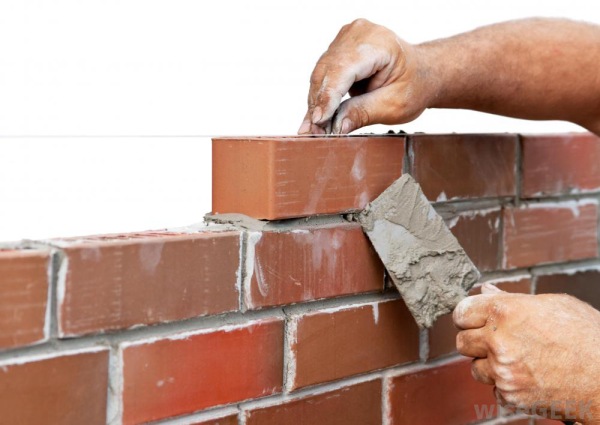
Masonry Cement
15. Expansive Cement
OPC shrinks after setting, due to which shrinkage cracks are formed. Expansive cement is used to avoid the formation of shrinkage cracks. Expansive cement expands as it starts setting and does not shrink during and after hardening. The purpose of this type of cement is to reduce the size and amount of shrinkage cracks.
Uses:
This is one of the types of cement that is being increasingly used for the repair of concrete structures. Expansive cement is used in grouting anchor bolts and prestressed concrete ducts.
16. Oil Well Cement
Oil well cement is manufactured by adding retarders to ordinary Portland cement. There is no chemical effect of oils on oil well cement. This cement can be used under high-temperature and high-pressure conditions. It is costly when compared with OPC.
Uses:
Oil well cement is used in the petroleum industry for cementing work during the drilling of gas and oil wells. It is also used in filling up the gaps between the rocks and the steel casing of the oil wells.
The different types of cement mentioned in this article are used in different circumstances in the construction realm. Conclusively, for general construction Portland pozzolana cement is commonly used, as it’s an eco-friendly option of ordinary Portland cement.



